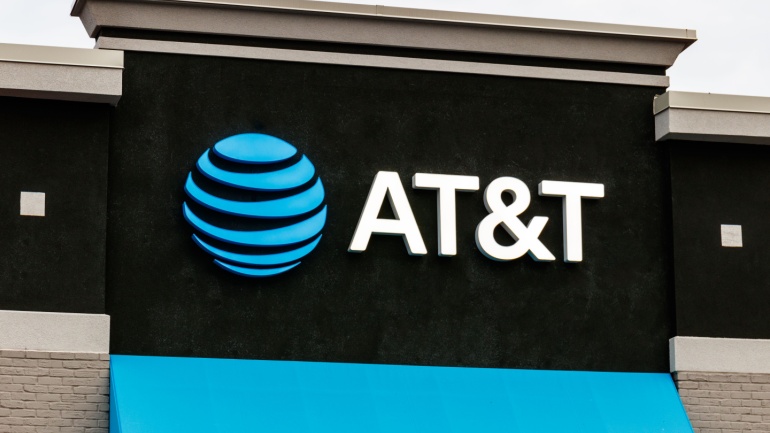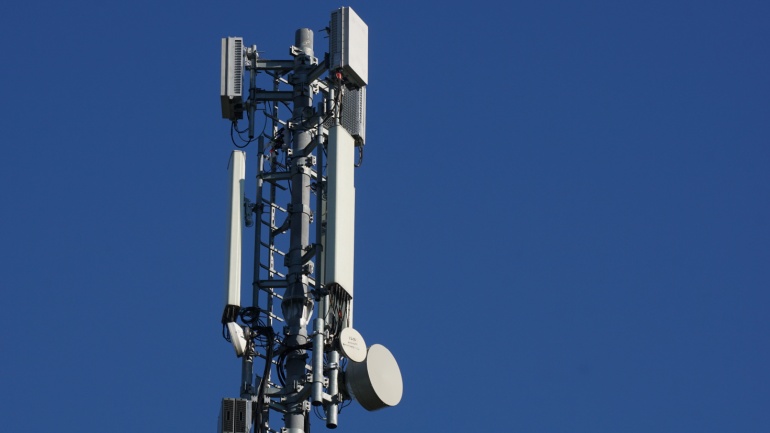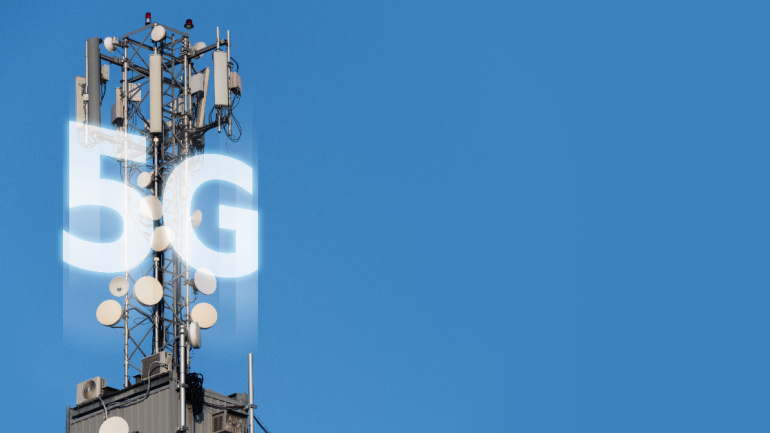Point Topic’s recent analysis reveals that global fixed broadband connections will rise to 1.39 billion by the end of this decade. While some regions will reach near-saturation, others will see significant growth opportunities.
T-Mobile US has launched a new backup fixed-wireless access (FWA) service called Home Internet Backup in response to frequent network outages and an anticipated severe hurricane season. This new service is an entry-level FWA subscription priced at $30 per month, which includes a bundled home gateway. It is designed to be a cost-effective alternative to T-Mobile’s existing Home Internet package, offering a $20 discount.
AT&T showcased robust performance in its first-quarter financial report, buoyed by significant mobile customer additions and positive metrics in earnings, cash flow, and spending. Despite a slight decline in headline figures, the telecommunications giant demonstrated resilience amid challenging market conditions.
Tarifica’s Data Dive analysis is spotlighting the significant roles of Fixed Wireless Access (FWA) and fiber technology in escalating global internet connectivity. While fiber offers incomparable speed and reliability, FWA presents a cost-effective alternative where cabled installations are infeasible.
In a pivotal move, CELLSMART, Abundant IoT and TMR embark on an IoT convergence mission through Fixed Wireless Access (FWA). CELLSMART, with its unmatched cellular knowledge, brings speed and on-the-ground engineering support, transforming IoT rollouts.
In collaboration with Ericsson and Qualcomm, T-Mobile, renowned as the ‘uncarrier,’ has undertaken a groundbreaking 5G standalone (SA) test, showcasing the potential of its millimeter-wave (mmWave) spectrum. The test utilized an impressive eight channels, achieving a peak download speed of 4.3 Gbps, with uplink channels combining to reach 420 Mbps.
As 5G Fixed Wireless Access (FWA) evolves with its next phase, 5G Advanced, worldwide research indicates growth and potential for higher speeds and reduced latency. The Middle East currently showcases impressive progress with over 1.6 million 5G FWA users. Yet, debates exist over its future, exploring whether 5G FWA will remain an affordable alternative to fixed broadband or tap into its speed for new applications. Moreover, cost is a concern for Customer Premises Equipment (CPE) devices, considered a current hurdle in advancing 5G FWA.
Reliance Jio’s JioAirFiber, the breakthrough fixed-wireless access service, not only offers high-speed broadband at competitive prices, but also ventures to facilitate digital entertainment with a complimentary set-top box. With ambitions to reach 100 million customers across India, Jio appears poised to disrupt the market yet again, closely mimicking its successful 4G network rollout. Its competitors watch with bated breath, poised for an impending shake-up.
Elevated expectations surround the fixed wireless customer premises equipment (CPE) market, largely fueled by an upsurge in 5G device development. Recent data indicates over twofold growth in 5G FWA CPE shipments, predicting a robust growth of 86% in 2023. However, the fluctuating sample size in the annual survey calls for a prudent interpretation of these statistics. As the data suggests, 5G devices are set to dominate the market, with a projected rise from 29% to 40%. The swift expansion of battery-powered pocket routers promises a solid growth in the overall FWA CPE shipments, with telcos driving 77% of the market. The United States leads in leveraging the 5G technology, promising extraordinary industry advancement.
AT&T has delicately entered the 5G fixed-wireless access (FWA) industry with its Internet Air product, targeting a specific demographic and remaining wary of impacting its mobile and fibre operations. Discussing the challenges and benefits of this strategic approach, we examine its potential against market leaders T-Mobile and Verizon. Are they being too cautious? Are they possibly missing out on the emerging FWA boom in the U.S?.













